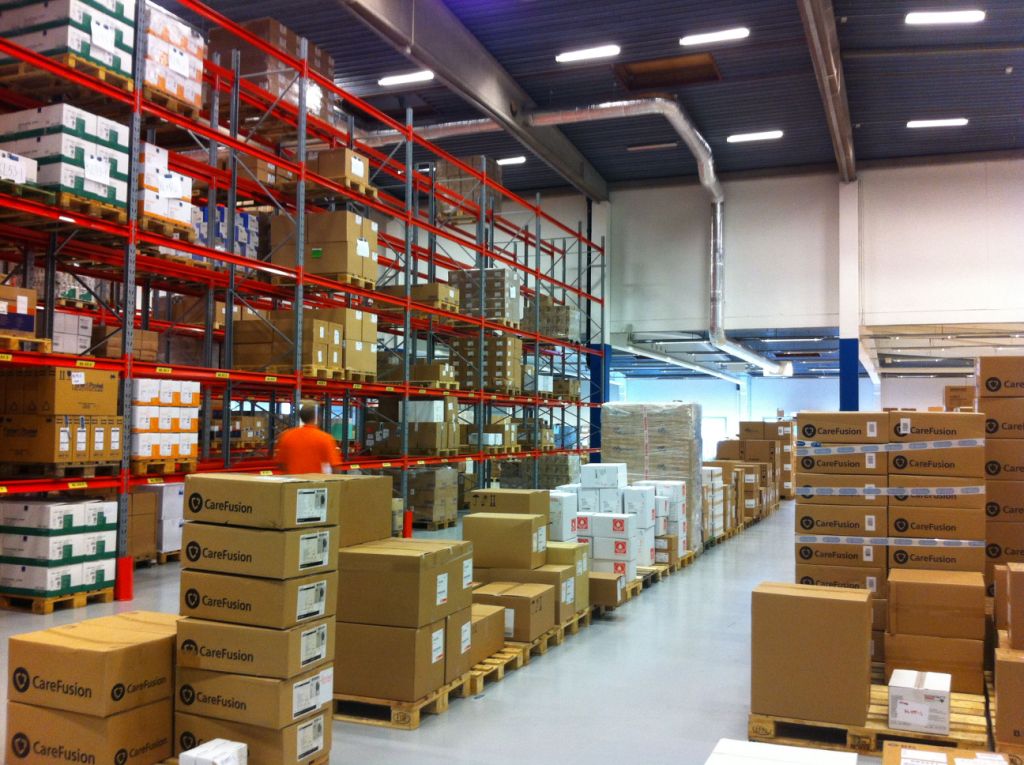Cargo trends are definitely bound to change for the better this year due to consistent line of supply internationally, world GDP expansion, movement of funds between countries and the boom of very large cities transforming movement of commodity around the world.
Although the international line of supply is consistent, few movements have affected the supply line. The steady improvement in exports of a quarter century descended in 2008 and now it’s starting to rebound with ease. Fast rising economies in developing countries are the best so far in history. With the increase of the aging population in western nations, the next world power could probably be China. New mechanizations are making inactive industries go back and stopping the businesses from collapsing. However, amidst the profitable and high tech changes, the cargo businesses will progressively flourish in the future.
Although supply chain doyens have been foreseeing an improved alliance with strategic providers for many years, latest improvements in high tech have set the arena right for a completely unified association of supply chains.
The skill to merchandise unused scope has generated new constructive forums for collated supply chain benefits. This is a big idea changing movement due to unused scope opportunities, decreased expenditure through third person association and latest channel resources for massive credit establishments.
In addition the internet will also play an important role in changing the game. It will improve visibility of the supply chain, agility of production line and reduce robberies.
Once the fixed sensors come down, further forms of production, supply chain achievements and sales will be surveyed in real-time. Proceeding towards end to end clarity, point of sale statistics will update production schedules. In addition, inconsistency in cost of raw material will control upgrade and pricing for the end customer.
However, the game could be changed with further efficient production schedules, stable supply chains and waste reduction.
Substantial surge of statistics are taking business understanding and analysis of data into a modern level of finesse. Establishments are liable to get lavish profits if they could evaluate “big data” and pick on key messages.
With the recognition of the value of sharing data sets, escalation of trans-network data systems will be widely seen.
Many logistic companies will begin to move production closer to their country of origin due to rise in labor cost and transportation in Asia. This shift is called Near shoring and the advantages are due to limited inaccessible time in regions, greater surveillance over patent, improve client interests and reduce time in change of direction.
Near shoring is also attributed to advanced technology which has reduced cost of labor, being aware of political insecurity and natural/environmental disasters, difficulty in communicating due to time zone differences and overcome issues related to maintaining standards and guarding trademark and assets.
With the increasing population globally, demand for water, goods and energy will increase drastically. Production cost will rise as demand for natural resources will begin to overtake readily available necessities.
In future, it is important to ensure that supply chain managers are abreast with the current technologies as the long standing aims are beginning to have an effect on the current business trend.


